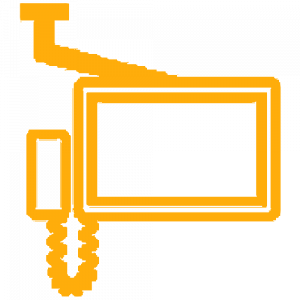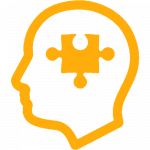Learning Disability (LD)
Learning refers to the highest and most complex cognitive function of the brain, and it should be of no surprise that many children have problems acquiring the basics of reading, writing, and mathematics. LD is seemingly normal in their sensory, motor, or even intellectual abilities but performs poorly in their academic areas. It can cause a person to have trouble learning and using certain skills. The person has trouble Processing information, Organizing information and Applying knowledge. It varies from person to person.
Prevalence
In India, around 13-14% of all school children suffer from learning disorders, both boys and girls.
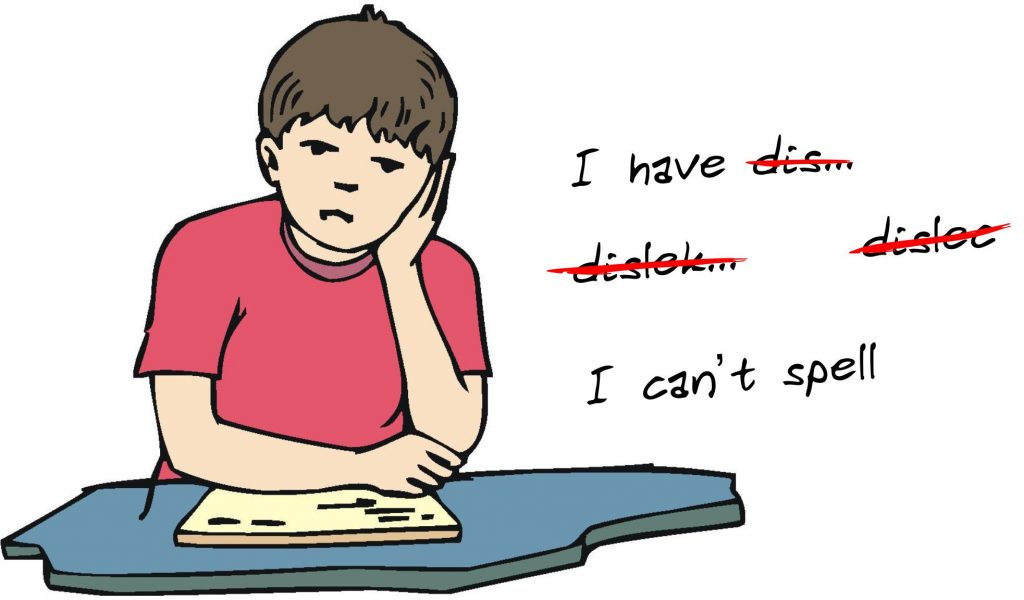
Causes or Presumed causes of Learning Disabilities
-Hereditary
-Prenatal factor
-Postnatal factor
-Biochemical factor
-Environmental factor
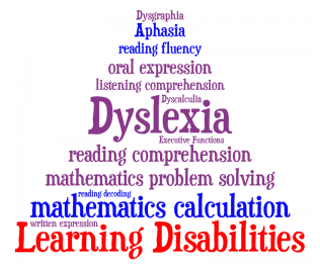
Symptoms For younger children
-Poor attention and concentration
-Difficulties in recognition of alphabets and related sounds
-Inadequate auditory and visual memory
-Inadequate auditory and visual memory
-Presence of reversals of letters
-Difficulty in understanding basic mathematical operations
-Difficulty in organizing thoughts and ideas
-Difficulty in articulating sounds
-Poor ability to follow directions
-Unable to draw simple geometrical figures, shapes and diagrams
-Resistance to read in the classroom
-Unable to follow verbal instructions
-Lack of fine motor skills
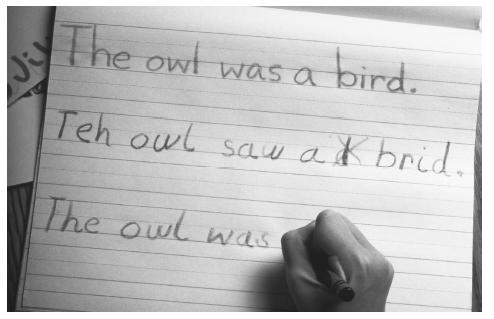
For Older Children
-Poor attention and concentration
-Inability to use phonetic cues
-Reading word by word
-Spelling out words
-Unable to write proper sentences (use punctuation, missing word)
-Spelling errors (red as read, tree as teer)
-Difficulty in basic mathematical operations(the concept of zero and carry over)
-Inadequate visual and auditory memory
-Inadequate visuospatial skills
-Engage in passive learning of answers
-Lack of motivation in studies
Types of Learning Disability
Dyslexia
Dyslexia, also known as reading disorder, is characterized by trouble with reading despite normal intelligence. Different people are affected to varying degrees. Problems may include difficulties in spelling words, reading quickly, writing words, “sounding out” words in the head.

Dyscalculia
Dyscalculia is difficult to learn or comprehend arithmetic, such as difficulty understanding numbers, learning how to manipulate numbers, and learning mathematics facts. It is generally seen as a specific developmental disorder.
Dysgraphia
Dysgraphia is a deficiency in the ability to write, primarily in terms of handwriting but also in terms of coherence. Dysgraphia is a transcription disability, meaning that it is a writing disorder associated with impaired handwriting, orthographic coding and finger sequencing.

Dysphasia
Dysphasia‘ is a language problem caused by stroke or other brain damage on the brain’s left side. It is characterized by complete or partial loss of language function, including understanding, speaking, reading, and writing.
Dyspraxia (Sensory Integration Disorder)
Dyspraxia is a chronic disability that affects coordination. It is also known as developmental coordination disorder. 2-6% of people have dyspraxia. Four times as many males as females have it. It is sometimes called ‘clumsy child syndrome, but adults have it too. People with dyspraxia often have other disabilities, such as ADHD.
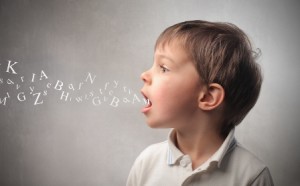
Comorbidity with Learning Disability
- -ADHD
- -Anxiety Disorder
- -Mood Disorder
- -Developmental Coordination Disorder
- -Language Disorder
Treatment and Psychosocial Management
- -Remedial training
- -Accommodation
- -Supportive work with the child
- -Counselling parents
- -Counselling teachers
- -Provision from the government
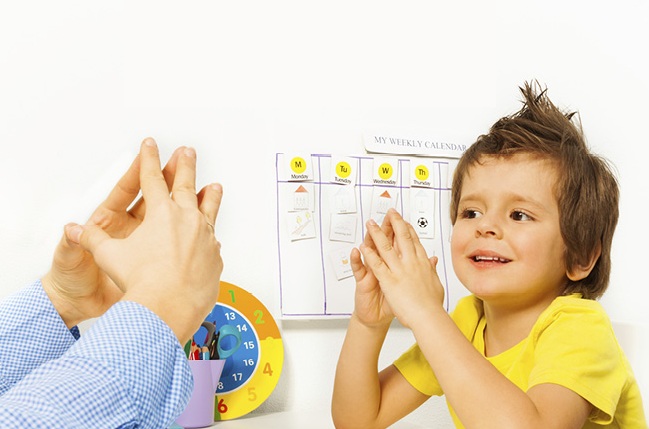
Remedial Training
-Attention enhancement tasks
-Fine motor skills
-Auditory processing
-Visual processing
-Spelling games
-Exercises in reading and writing
-Teaching arithmetic skills
Accommodation
These provisions, e.g.,
-Exemption from spelling mistakes.
-Availing extra 30 minutes for all written tests.
-Dropping a language and substituting it with work experience.
-Dropping algebra and geometry and substituting them with a lower grade of mathematics and work experience.
Supportive work with the child
-Know about the child’s interests & abilities & instil hope & optimism
-Help to understand the nature of problems
-Enhancing willingness to express feelings & difficulties with parents, teachers, & friends
-Coping with stress and emotions
-Encourage extracurricular activities to enhance their self-esteem
Counselling Parents
-Interaction pattern with children
-Defocus results and appreciate efforts
-Avoid unfavourable comparison
-Reduce guilty- increase quality time
-Facilitate to interact with the school authority
-Remedial education and govt benefits
-Supportive groups
Counselling Teachers
-Make the child feel secure
-To encourage the non-judgmental attitude
-Feedback based on evaluation- aware of the causes of a child’s poor performance
-Accept- strengths & weakness of the child
-Enhance teacher-child relationship
-Enable them to handle a child’s emotions & frustrations
-Group sessions
Provision from the government
-Provisions from I- XII.
-Exemptions from 2 languages other than the medium of instruction
-Extra time during the exam, ignoring grammatical mistakes, use of a calculator
-Special schools
-National open schools






